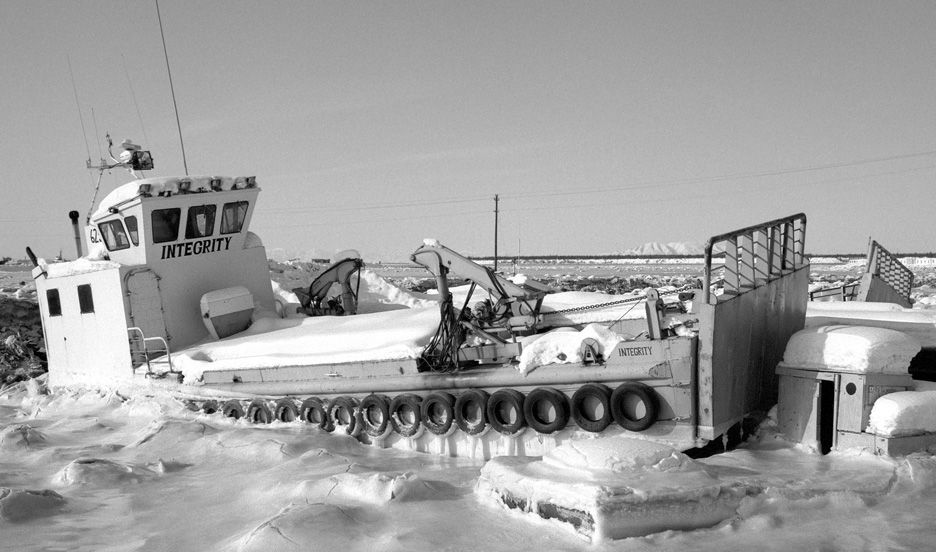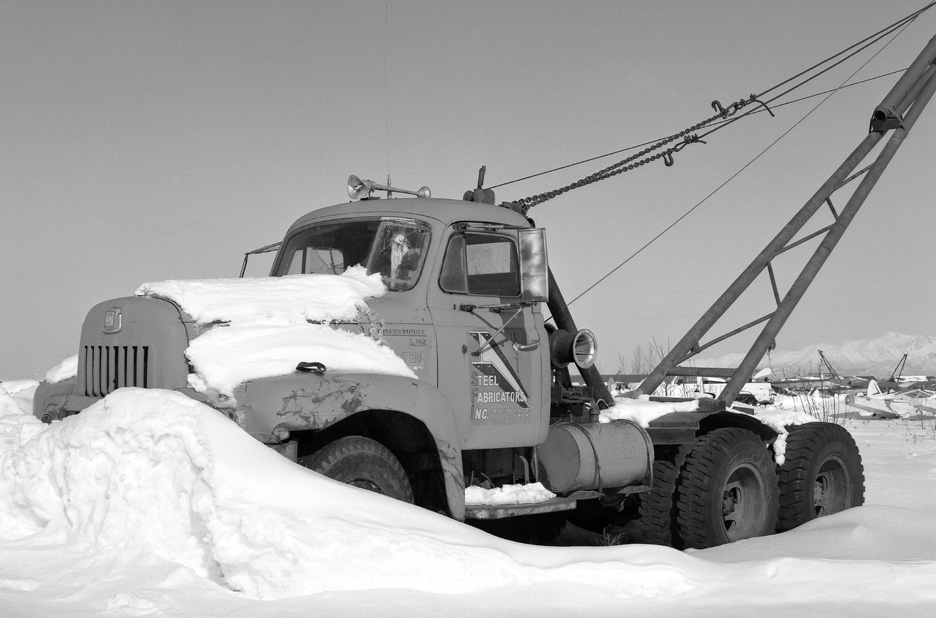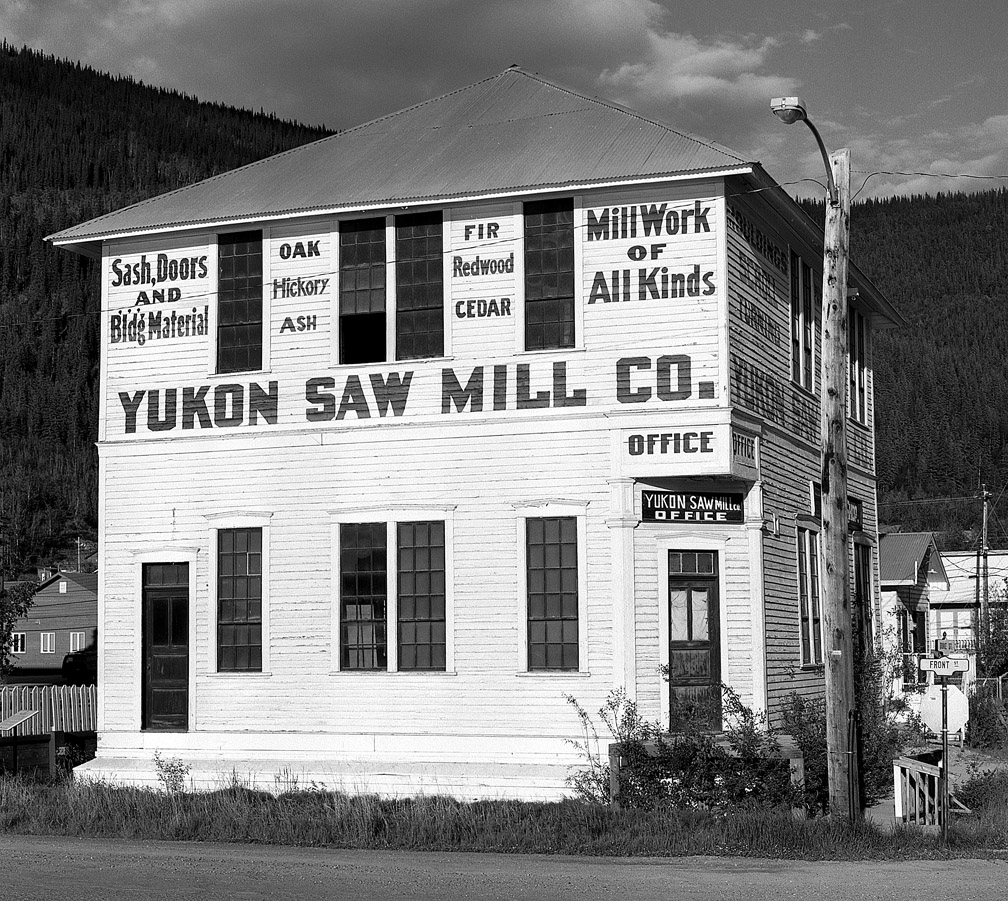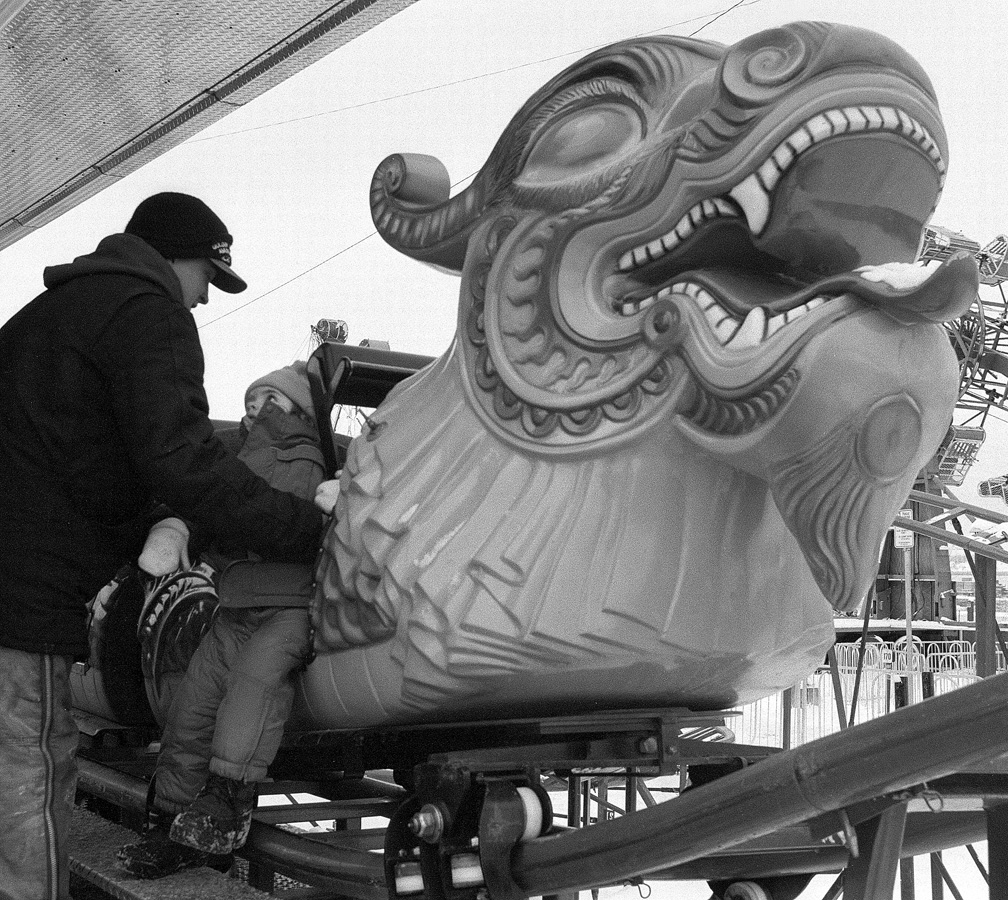Cindy Flood
Super Moderator
Thanks, Lloyd and Gary. Next up...yes, Mamiya AFD (bought it from Guy) and the Mamiya 7!!!!+1.
Next up the Mamiya AFD? Look forward to seeing you work with the new camera Cindy.
Gary
Great to see you here. Join our insightful photographic forum today and start tapping into a huge wealth of photographic knowledge. Completing our simple registration process will allow you to gain access to exclusive content, add your own topics and posts, share your work and connect with other members through your own private inbox! And don’t forget to say hi!
Thanks, Lloyd and Gary. Next up...yes, Mamiya AFD (bought it from Guy) and the Mamiya 7!!!!+1.
Next up the Mamiya AFD? Look forward to seeing you work with the new camera Cindy.
Gary
Gorgeous, gorgeous both, but that bridge shot simply rocks!! :thumbup:mamiya 7II 65mm lens.
the hellgate bridge was taken at twilight in my hometown of astoria in NYC. If Im not mistaken it was a 5 minute exposure with provia 100f.
The waterfall shot was a 30 sec exposure I took in the north woods of central park, NYC. fuji velvia 100
Thanks LLoyd, Gary and Cindy for the comments! I love taking long exposures with film, water becomes more and more like glass the longer the exposure.
Thanks, Justin. I use the ND technique to slowing water, but just was not sure how you came up with 5 minutes in the dark. I'm sure you learned a lot from those experiments and I appreciate you sharing it.Cindy,
Experience definitely has a lot to do with it for sure! There are a lot of factors that come into play, slide film will not behave the same way as negative film as I'm sure you know, so the exposure time with slide film has to be as accurate as possible as the chances of over and underexposure are more prominent. Daytime long exposures and Nighttime long exposures are different animals in their own right.
When I first started to dabble in long exposures, I applied a bracketing method to every shot and in the process, I went through many test roles of film. For example, for nighttime exposures after twilight, Using a slow speed slide film like provia 100f, I would start at 30 sec and gradually increase by incremental f stops (i.e. 30 sec, 1 min, 1:30min, 2min, 2:30min, 3min, 3:30min...etc) until about 10 minutes or so and record those times. From that experience, I learned a lot about how the film behaves with these incremental changes, so when I saw an exposure that I felt worked for me, I would apply that same time for future corresponding exposures under the same conditions, this method was applied when taking the Bridge shot.
For daytime shots, like the waterfall shot, I use a circular ND filter that reduces light transmission by 6 f stops. I set the aperture to f22 and metered normally through my mamiya 7 since it is not TTL, it will not compensate for the filter placed over the lens. That has to be done by the user, so on that particular day which was overcast, my meter read 1/2 sec at ISO 100, I then added 6 f stops to that reading which came out to be 30 sec. (i.e 1/2, 1, 2, 4, 8, 15, 30) for an appropriate exposure.
Hope this explanation helped in some way!
cheers
-justin


Wonderful shot. It sure looks cold though.Winter is upon us here in Alaska (4 inches of fresh snow overnight). Here's a shot from many years ago. The Integrity, locked in winter's icy grip. Nikon F2, Nikkor 35mm f2 non-AI lens, Ilford FP4, Canoscan FS2720.
That mountain in the background is Mt. Susitna....also called "Sleeping Lady".
Gary



That it was! I'm sure I didn't waste any time while jumping out of the car to get this shot.Wonderful shot. It sure looks cold though.
Oh, I don't know... maybe because they're beautiful, and well worth sharing (and appreciated by us, the humble viewer)? Yeah, that just might be it. :thumbup:Something is wrong with this picture....it's the 21st century....the digital age....what compels me to post photos in the analog forum?
Gary
Cleveland, Ohio, 1994, Nikon F2, 35mm f2 non-AI lens, Fuji Provia, Canoscan 2720, PS CS3 BW conversion

Bingo!Lloyd,
You're absolutely right. In this case, it's not the medium that is the message, it's the image itself.
It's so easy to get caught up in the technology...whether analog or digital.
Gary
Anchorage Fur Rendevous Carnival. Nikon F2, 35mm f2 non-AIS lens.
